Car Service Digitalisation
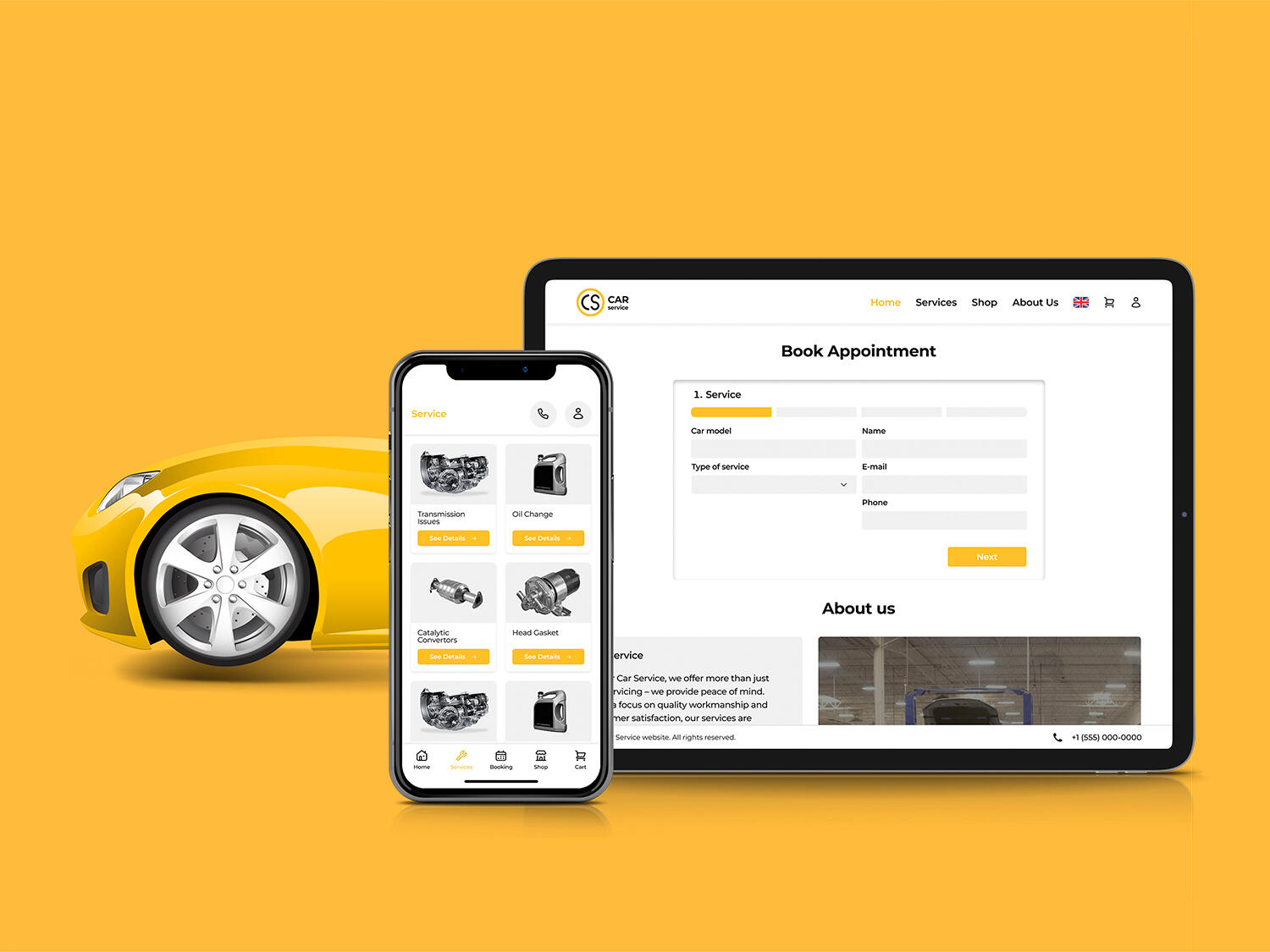
Project Overview
The car service business in Fürstenfeldbruck, Germany, faced significant challenges due to its lack of digitalization. Customers could only contact the service in person or by phone, leading to inefficiencies and limiting the business's reach. The objective was to transform this traditional service into a modern, digitally-enabled business to enhance customer accessibility, streamline operations, and boost revenue.
My Role
As the lead UX designer, I was responsible for conducting user research, designing the user interface, and ensuring seamless integration of the digital tools. My goal was to create a solution that met the needs of both the customers and the business.
Research
Problem Statement
The car service struggled with:
● Complete absence of digitalisation
● Manual, time-consuming administrative processes
● Limited accessibility for customers
● Overloaded administrative staff
● Frequent queues and inefficiencies
● Limited reach beyond the local area
My Objectives
● Discover Business Analyse
● Business needs, problems and Outcome.
● Define if my ideas of digitalisation could help to resolve Business problems (if not — how I can change it).
● Bring ideas how to satisfy these needs.
● Build a prototype to test my ideas.
Implement my ideas in final project.

I used a design thinking approach for all these steps
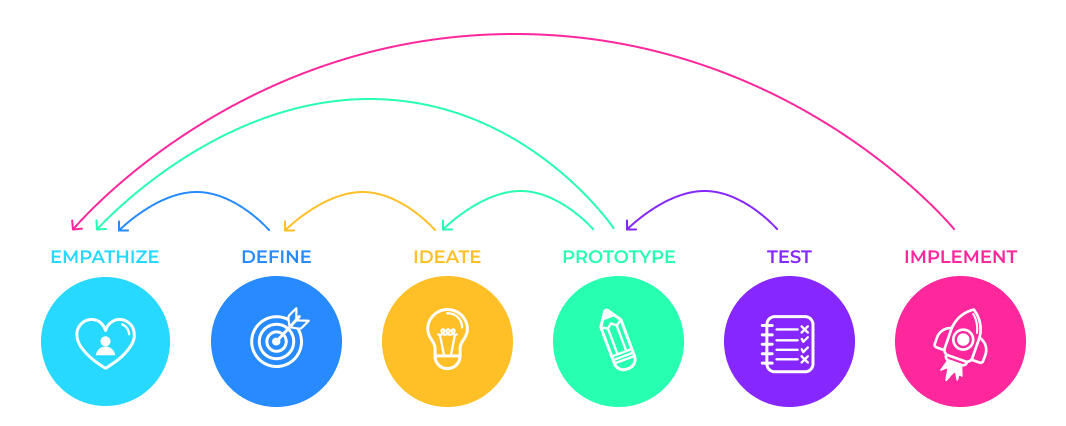
I started with comprehensive research to understand the business and its customers. This included:● User Interviews: Conducted interviews with car owners, local residents, and businesses to identify their needs and pain points.
● Surveys: Distributed surveys to gather quantitative data on customer preferences and behaviors.
● Interview with Business ownerMy principle is “Start design with Why” to clearly understand why users need this website. I should know what the users’ goals are like and how they achieve them. The wrong way is to ask them directly what they need, the right way is to observe and ask what goals they are trying to achieve and how they are going to do this.
I used an affinity mapping method to find patterns in my observations and group them. It helped me to get interesting information about my target users.40% of people would like to make appointments online, while 50% use phone calls only because they have no other option.
70% of customers need additional services when they visit a car service.
50% of customers experienced changes in the promised service time, with 25% expressing disappointment and unmet expectations.
Some customers faced language barriers when communicating with local car services.
Competitive Analysis
I did an analysis of the competition and found out that a feature like online booking is in demand and has a good performance. Chatbot is quite an interesting feature, but it has only worked well in large and networked companies, so we had to exclude it at this stage. The ability to have a personal account increases the attractiveness for users, so it will be useful to add this feature to the website.
In general, the analysis showed that people are interested in using digital products in the auto repair industry.
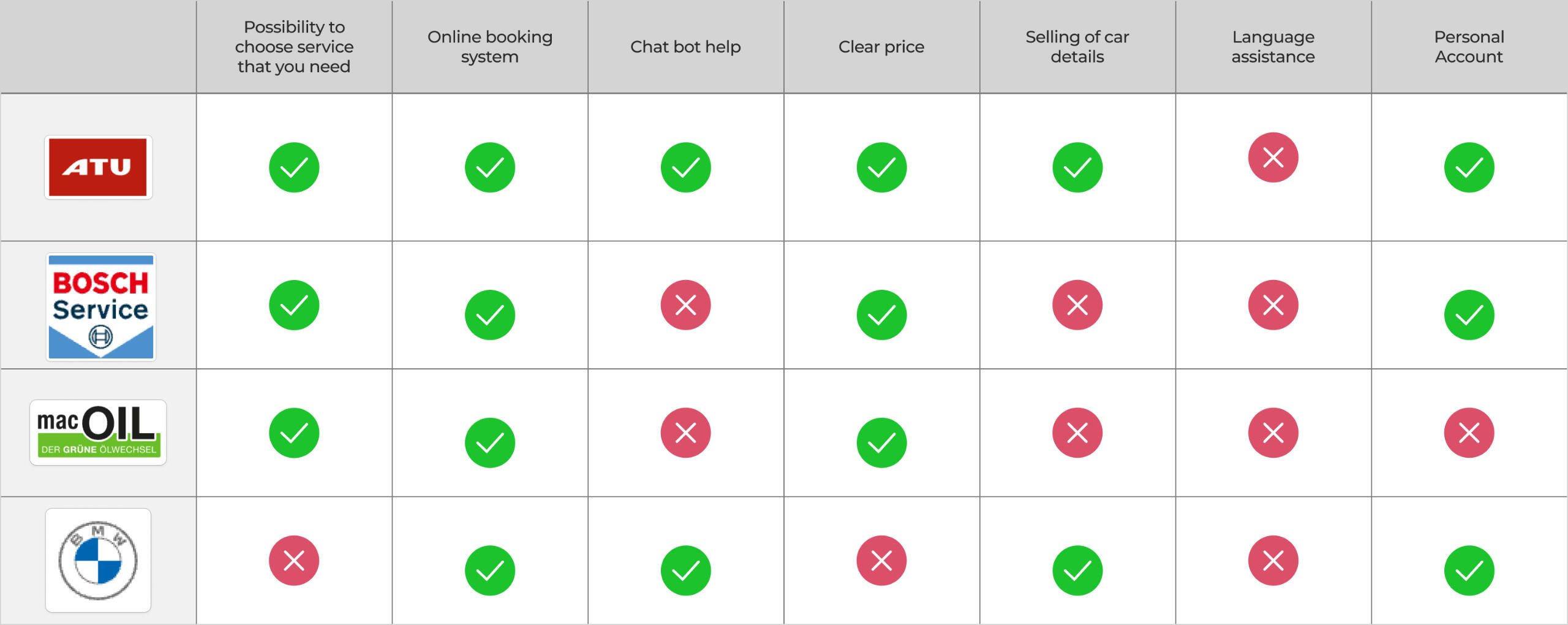
Define Phase
In creating the user persona, I focused on the fact that this is a person who uses the car on a regular basis. It's important for him or her to have contacts for car service.
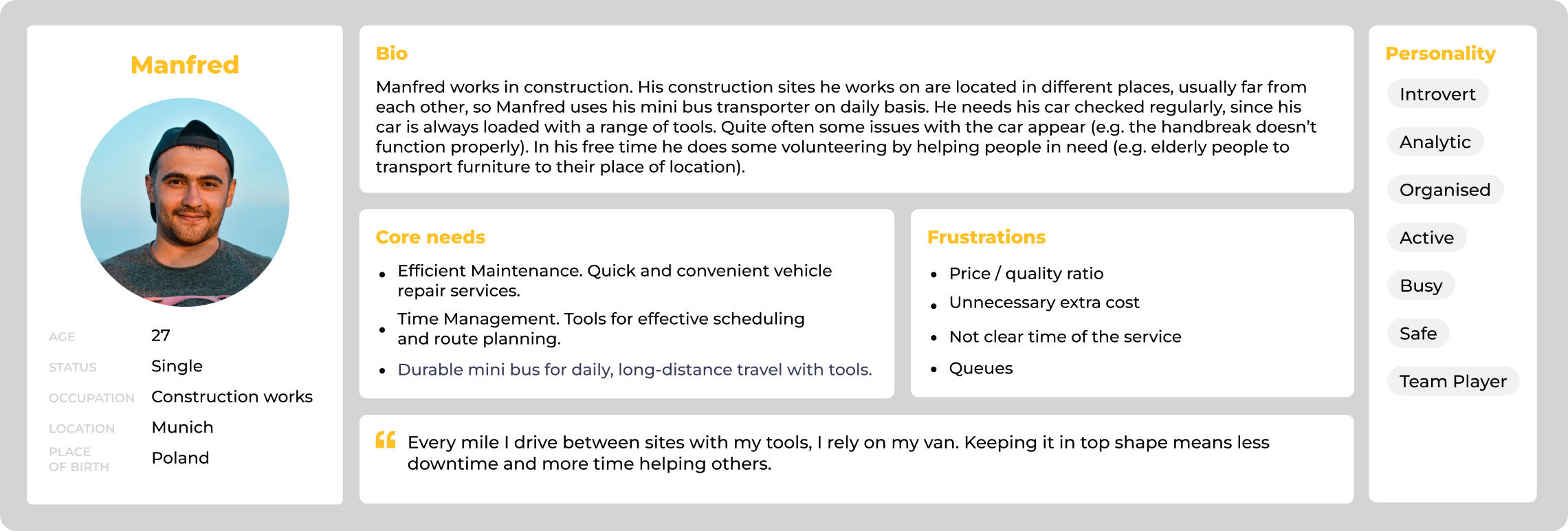
Next, I created customer journey maps. These maps illustrated the entire customer experience, from the moment User Persona considered booking a service to the completion of their car service. By identifying pain points and opportunities at each stage, I gained valuable insights into where I could make the most impactful improvements.

Ideation Phase
Based on my observations and insights, I created a list of features that can help users in their needs. I envisioned an online booking system that would allow customers to schedule appointments easily through a website or mobile app. Recognizing the language barrier some customers faced, I proposed multilingual support, ensuring service information and booking options were accessible to non-German speaking customers.I also saw the need for digital administrative tools to streamline paperwork and administrative processes, reducing the burden on staff. To foster continuous improvement, I designed a customer feedback system to collect and analyze customer feedback regularly.

The website map was developed and countered using the card sorting method. The main function of the website is the ability to book an appointment online, so the booking is right on the home screen.

Taking a step further, I developed clickable prototypes. These prototypes simulated the user experience, enabling me to validate the design concepts with real users. Testing these prototypes helped identify any issues and make necessary adjustments before moving to the final design phase.
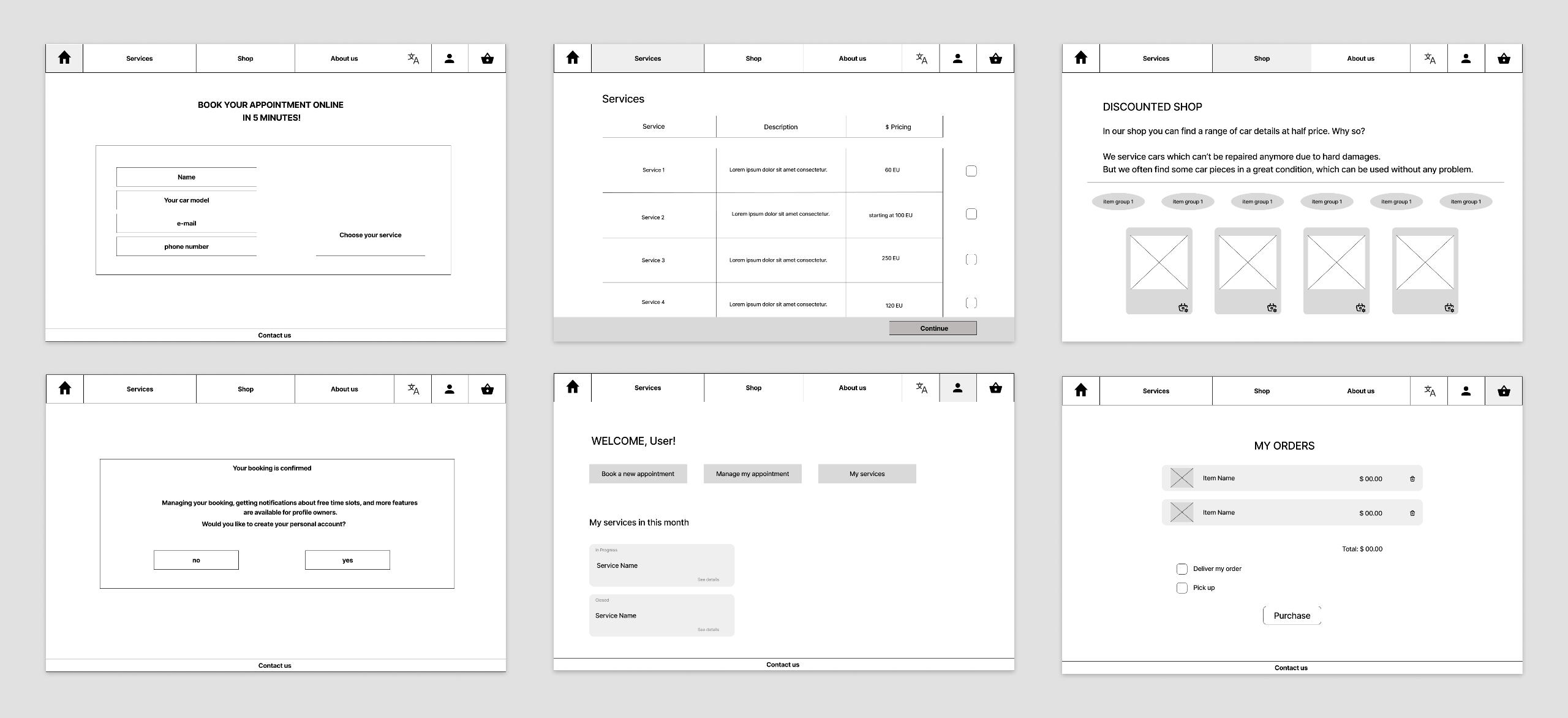
These ideas were meticulously refined and prioritized based on their potential to transform the car service business. With a clear direction and validated concepts, I was ready to move into the design and development phase, confident that the solutions would bring significant benefits to both the business and its customers.
Implement Phase
The design of the map service had to be minimalist, versatile and clear. Therefore, I chose an accent color - yellow. This color harmonizes with black, gray and white and goes well with other elements of UI.
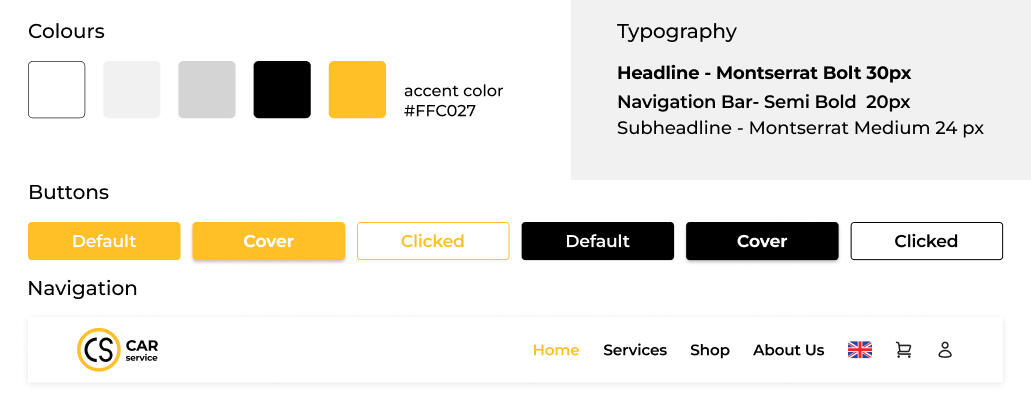
The main feature is that the online booking form is located on the main screen. This is done so that users can easily satisfy their basic need - to book an appointment with a car service. The site allows users to register and have their own personal profile, so they can track the status of their car repairs in real time.
As an additional business opportunity for the development of this car service, the sale of used car parts has been implemented in a separate page on the website, the "shop".
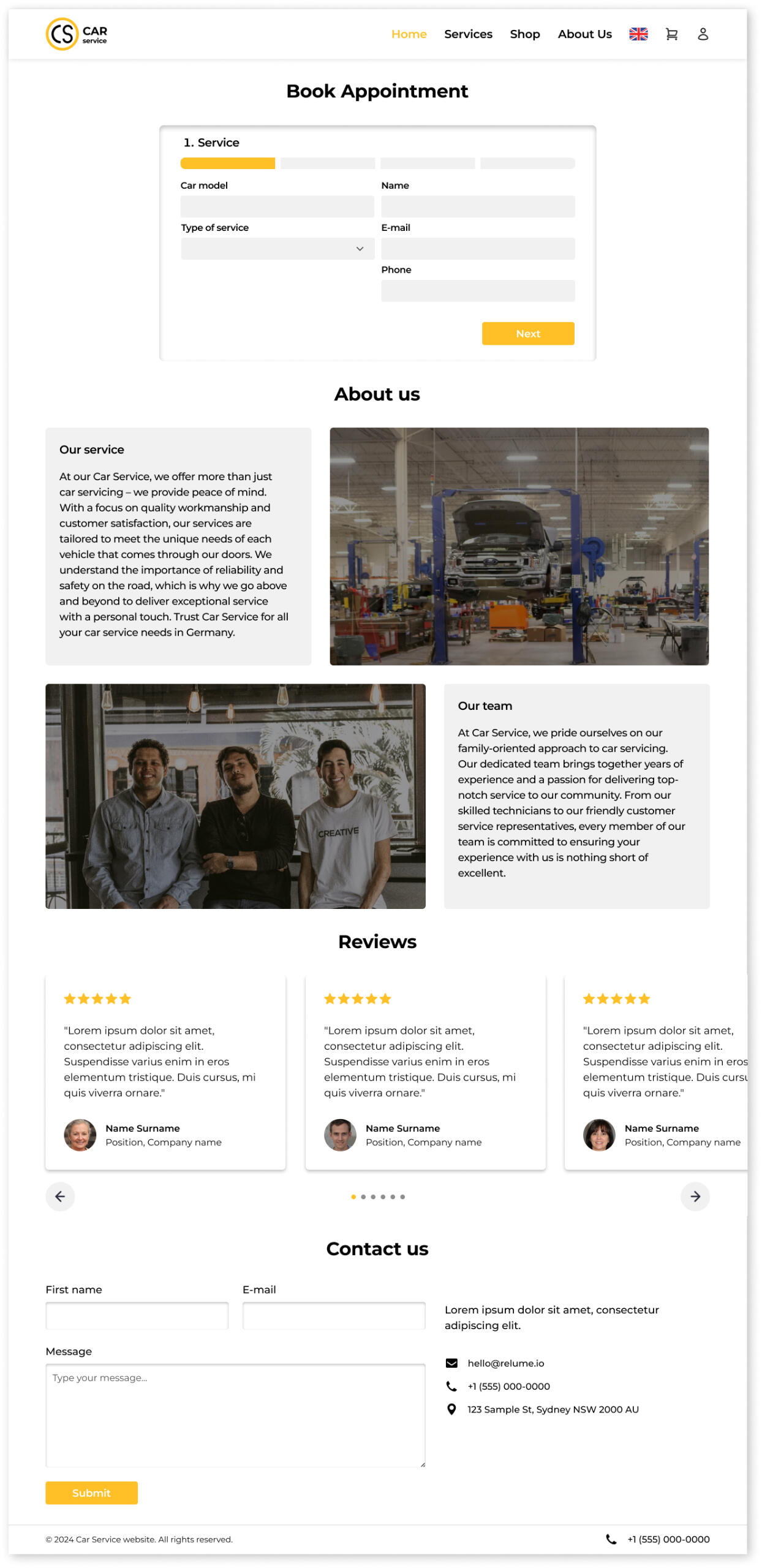
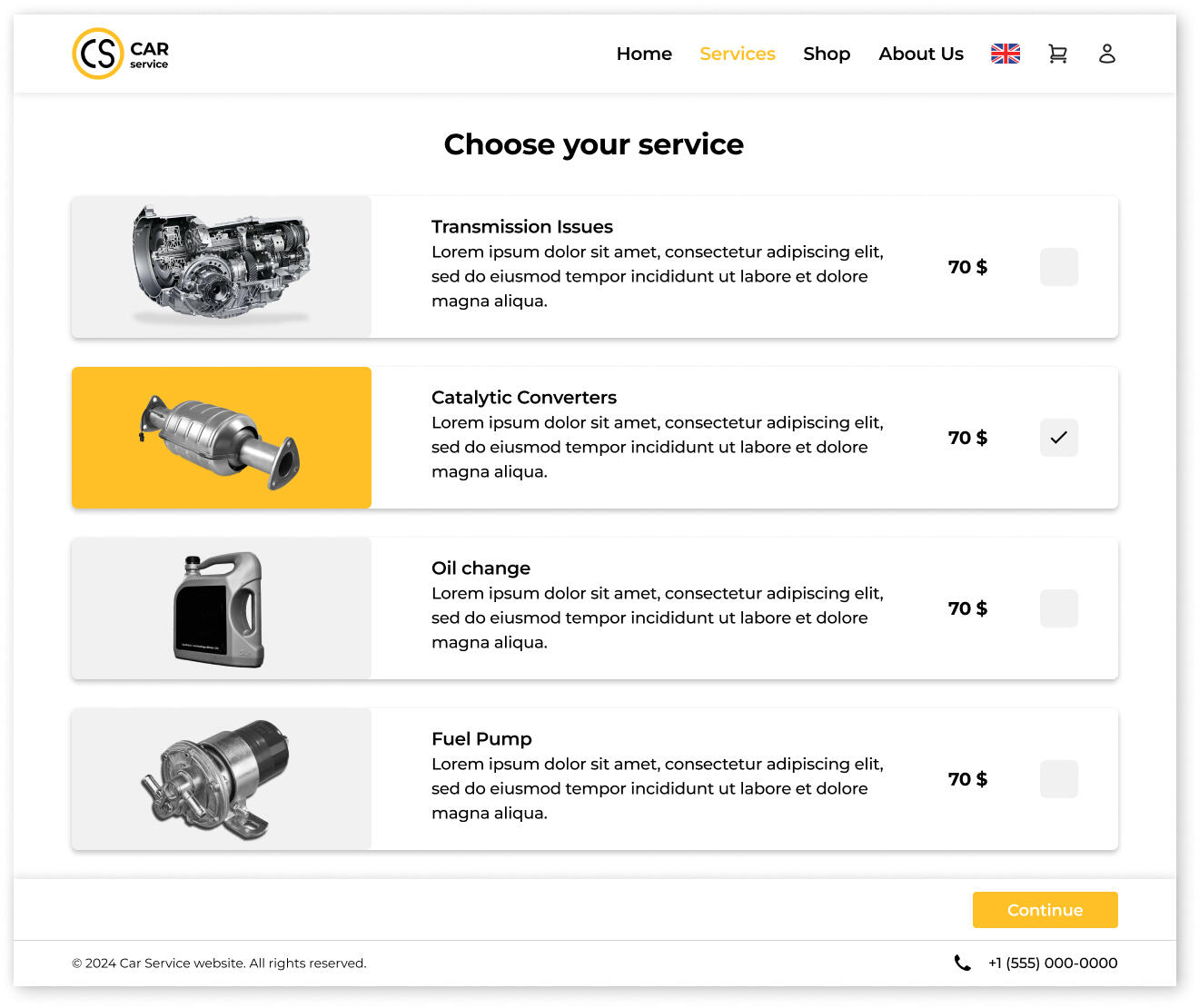
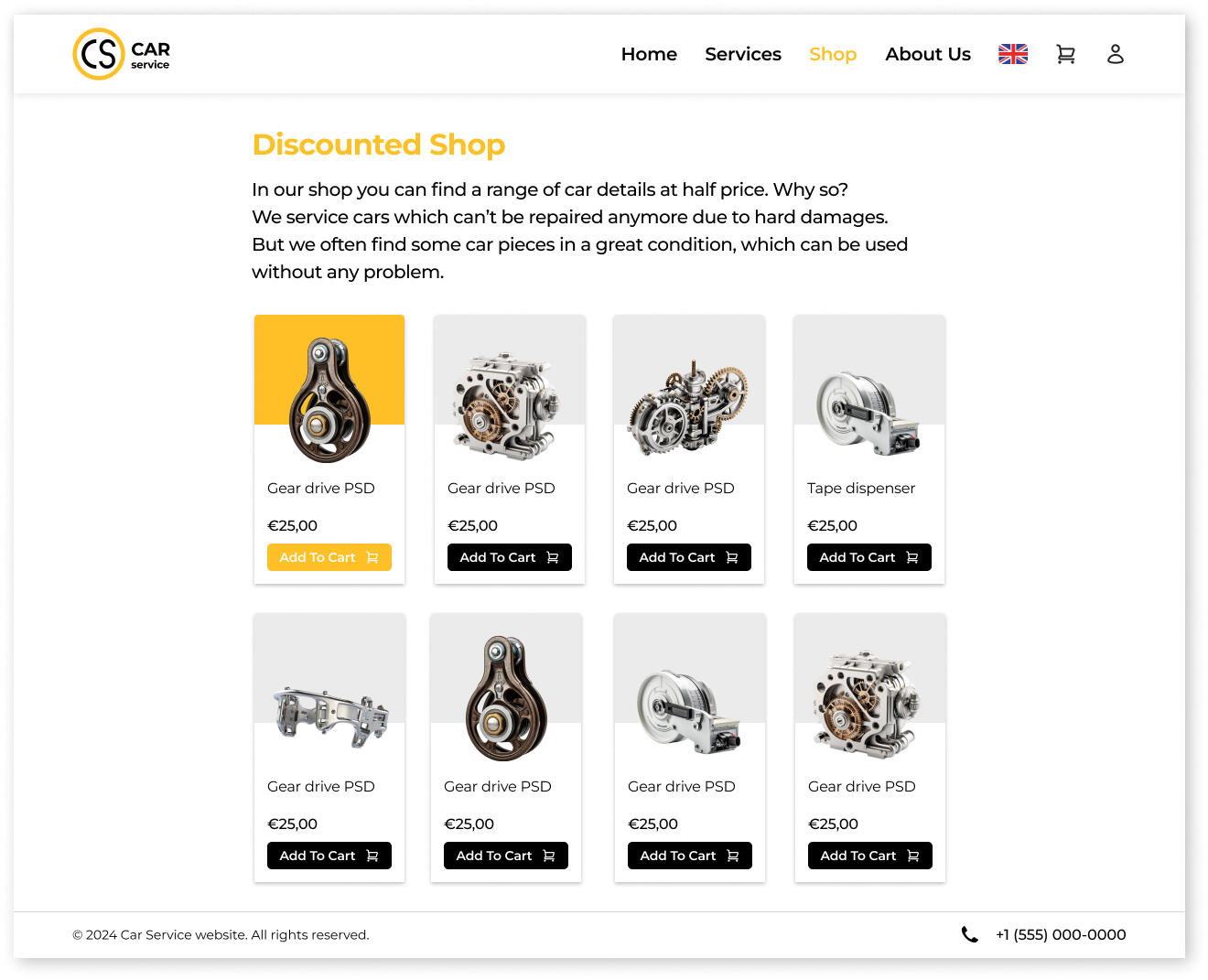

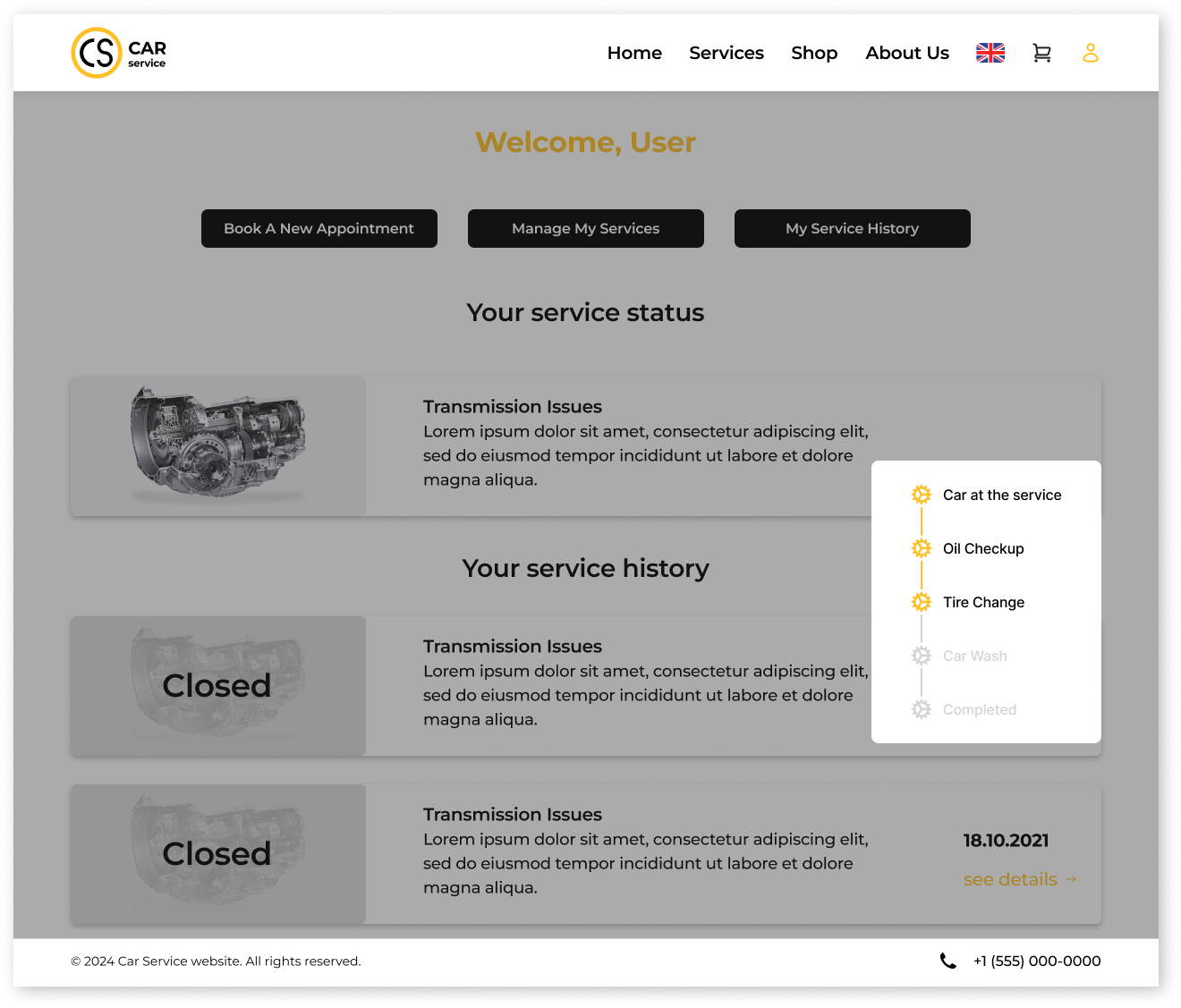
Prototype
Mobile Concept
To extend the digital experience beyond desktop, my colleague and I developed a concept for a mobile application tailored to the needs of both customers and staff. The goal was to offer on-the-go access to essential features like appointment booking, real-time service updates, and digital documentation. This mobile solution would help the business stay connected with clients, improve communication, and streamline workflows — ultimately supporting a more flexible and modern service model.
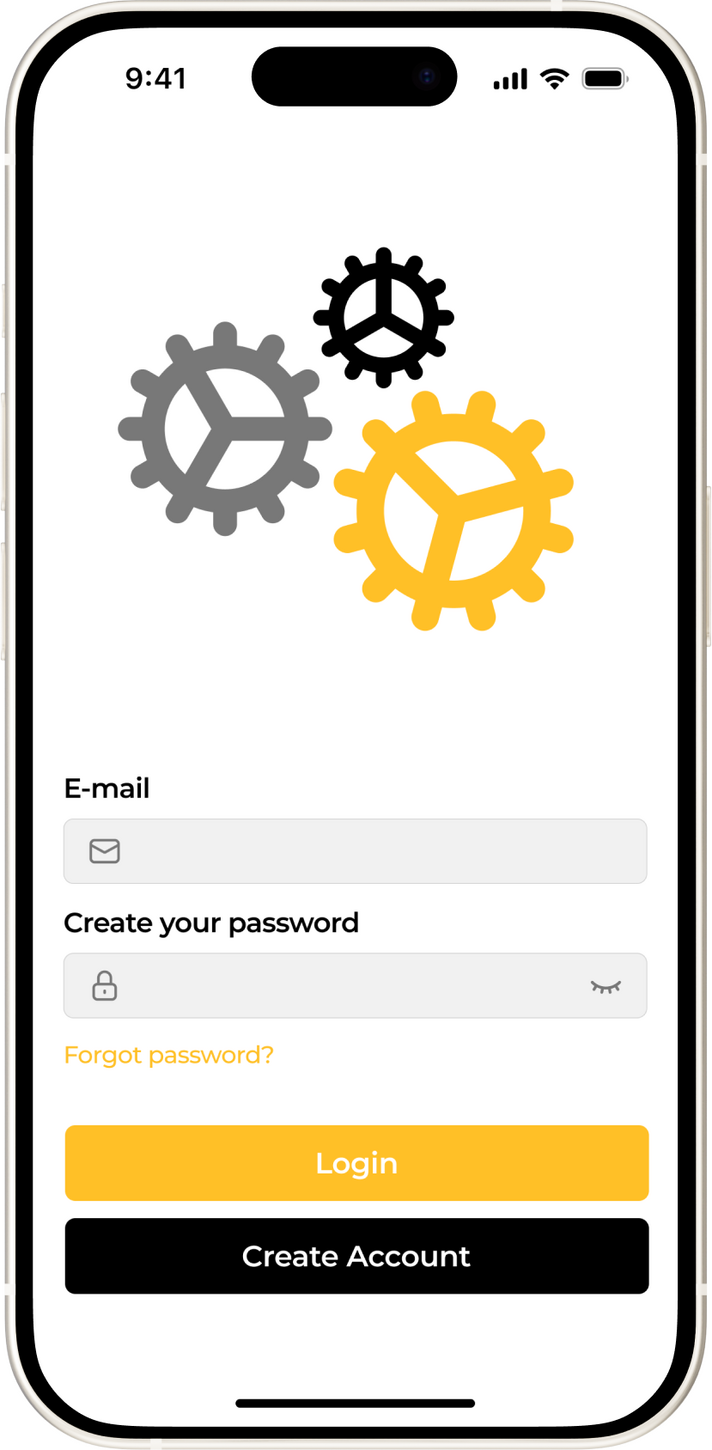
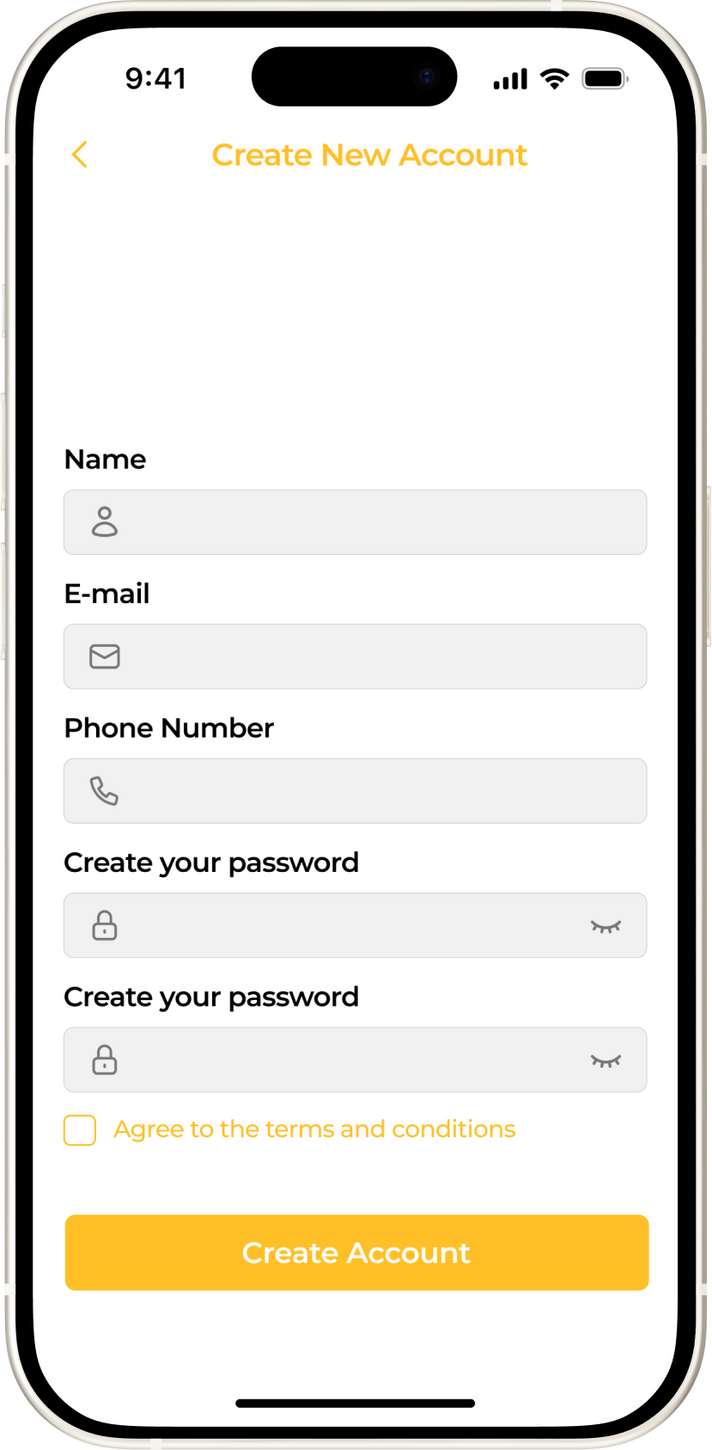
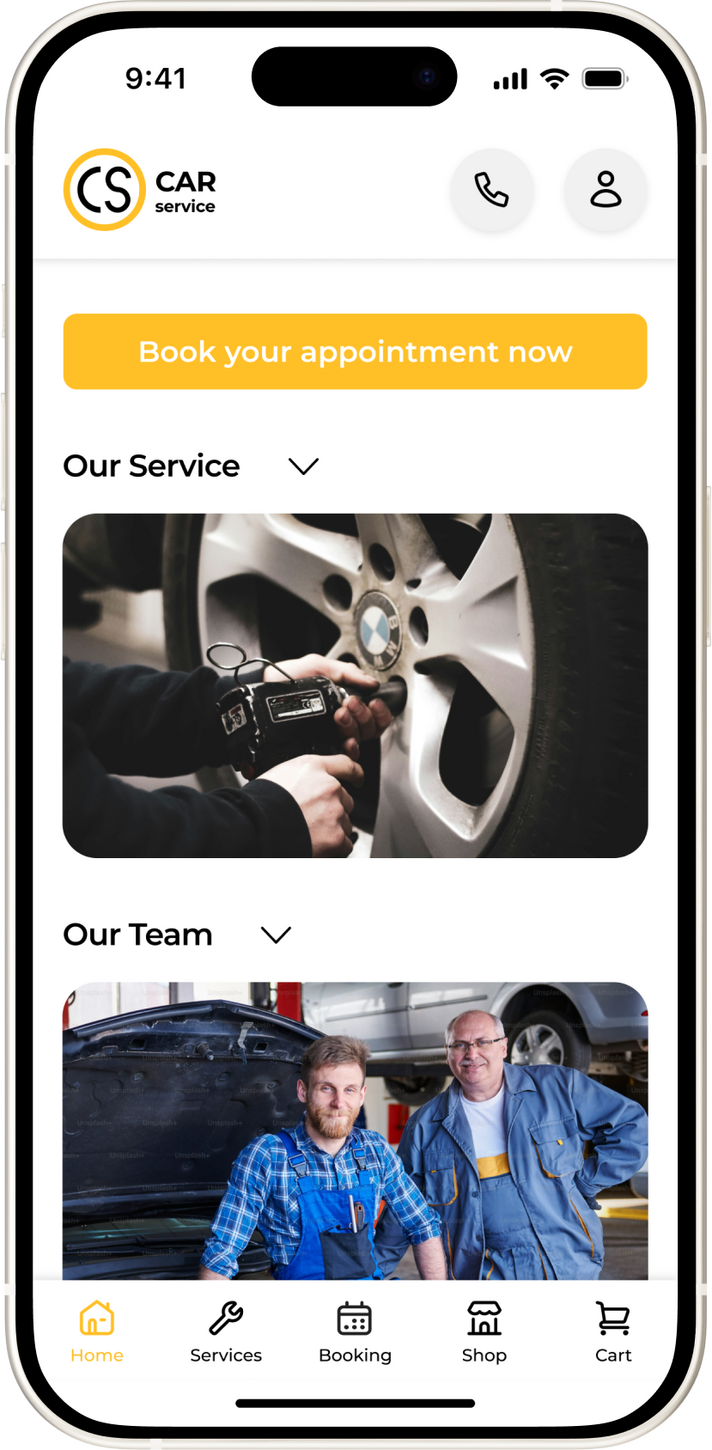
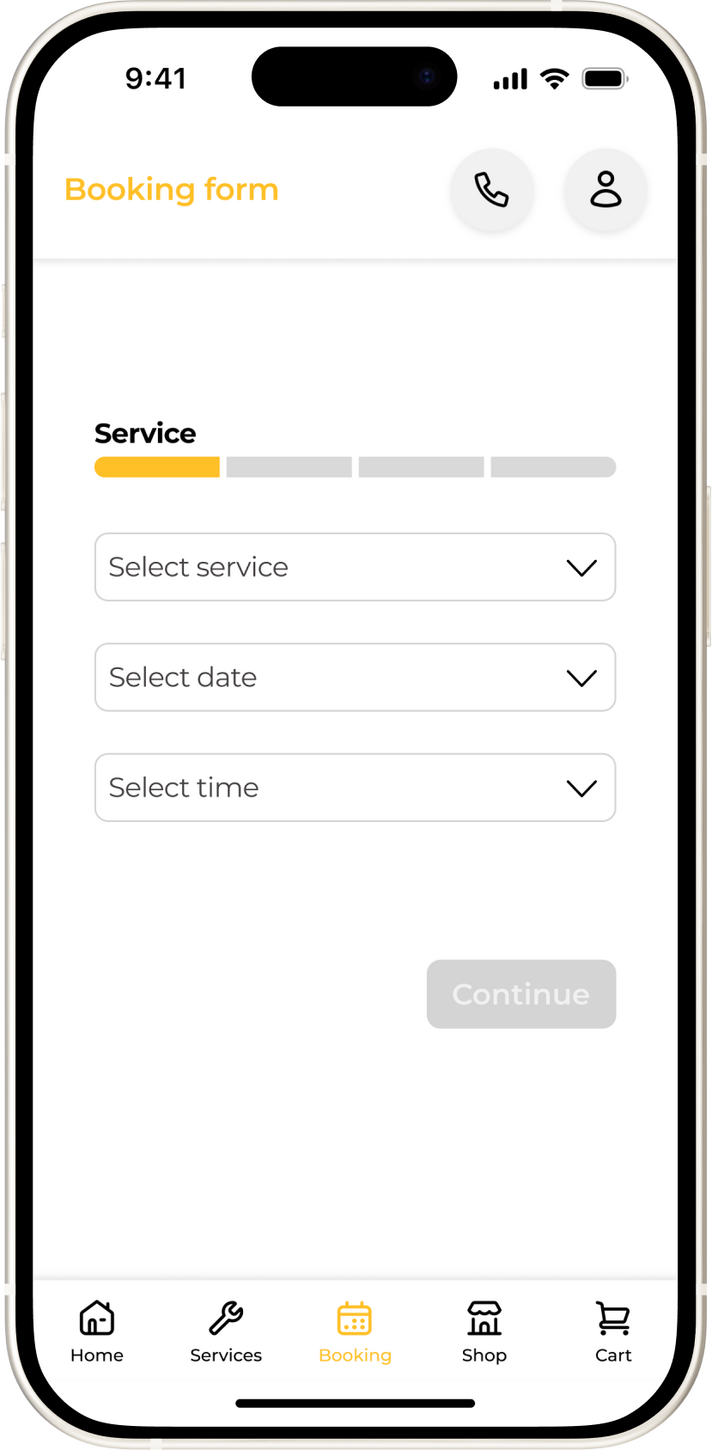
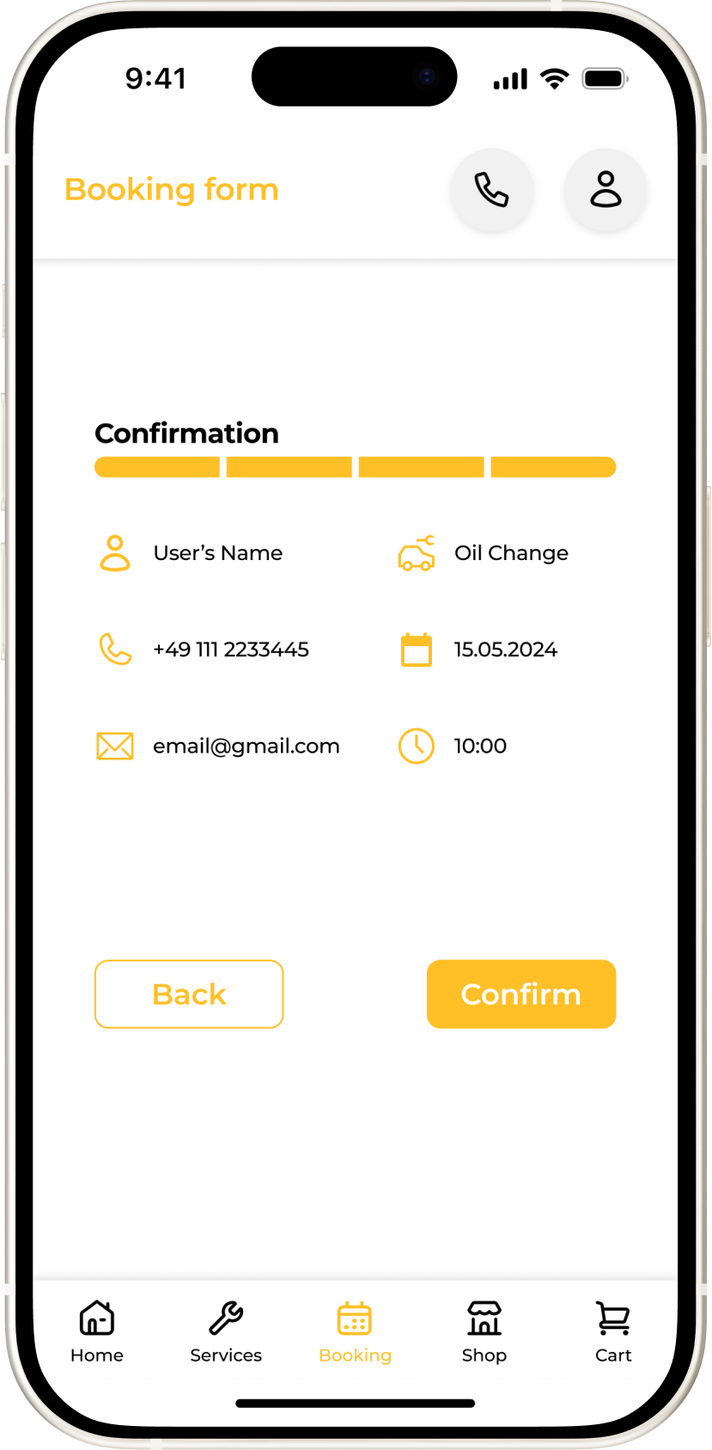
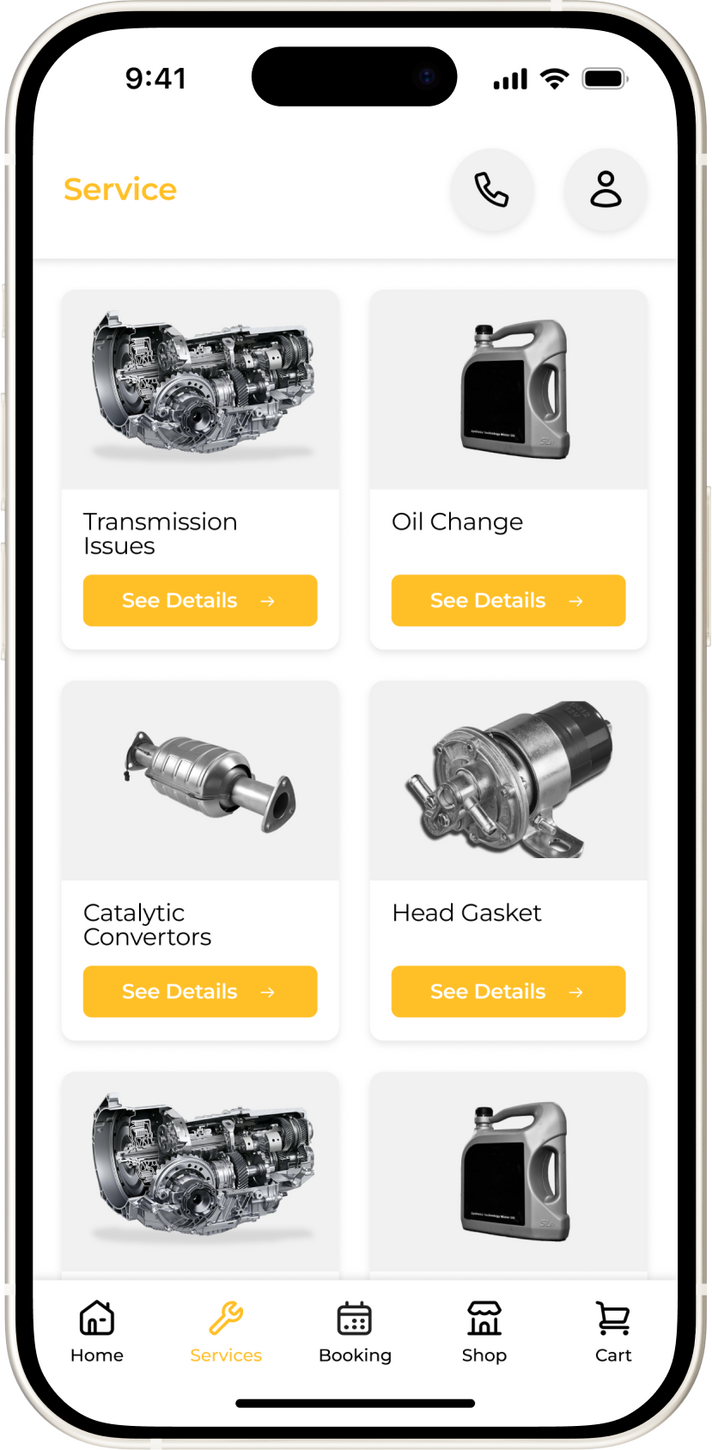
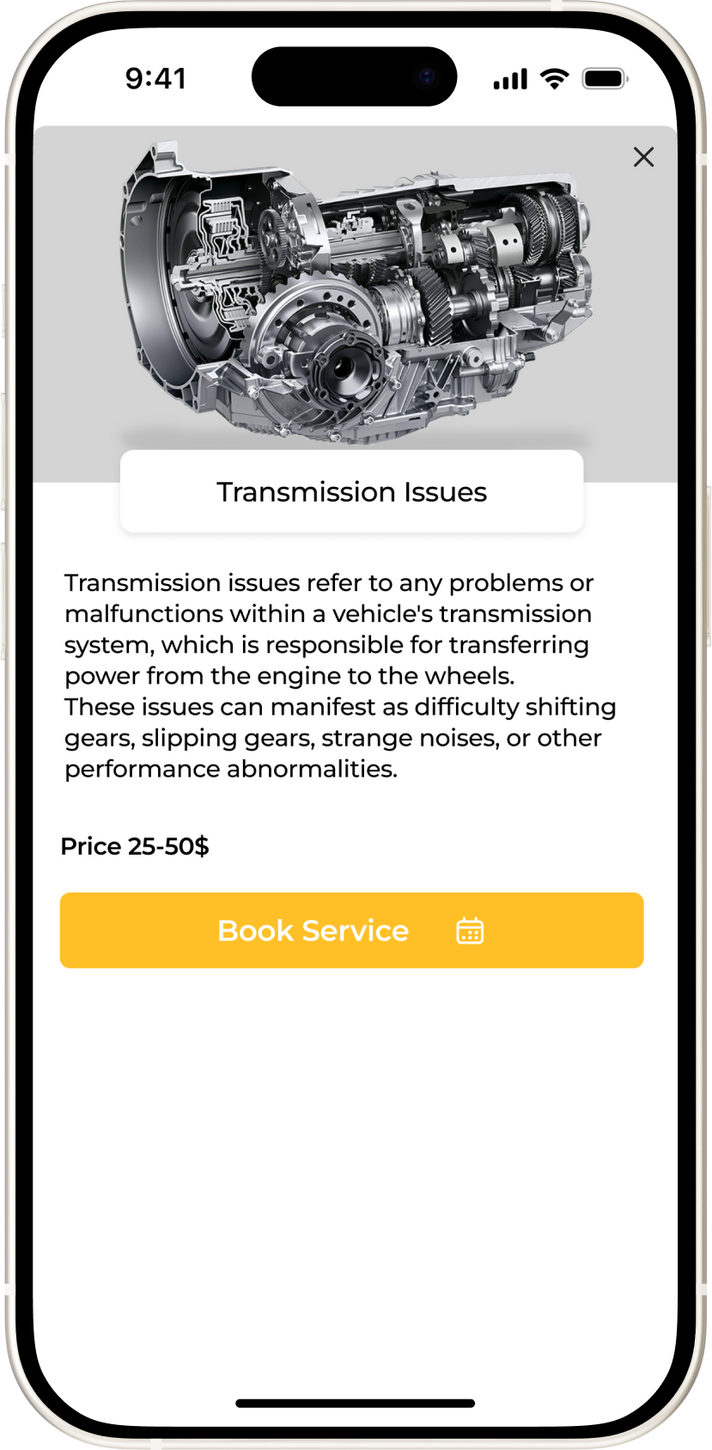
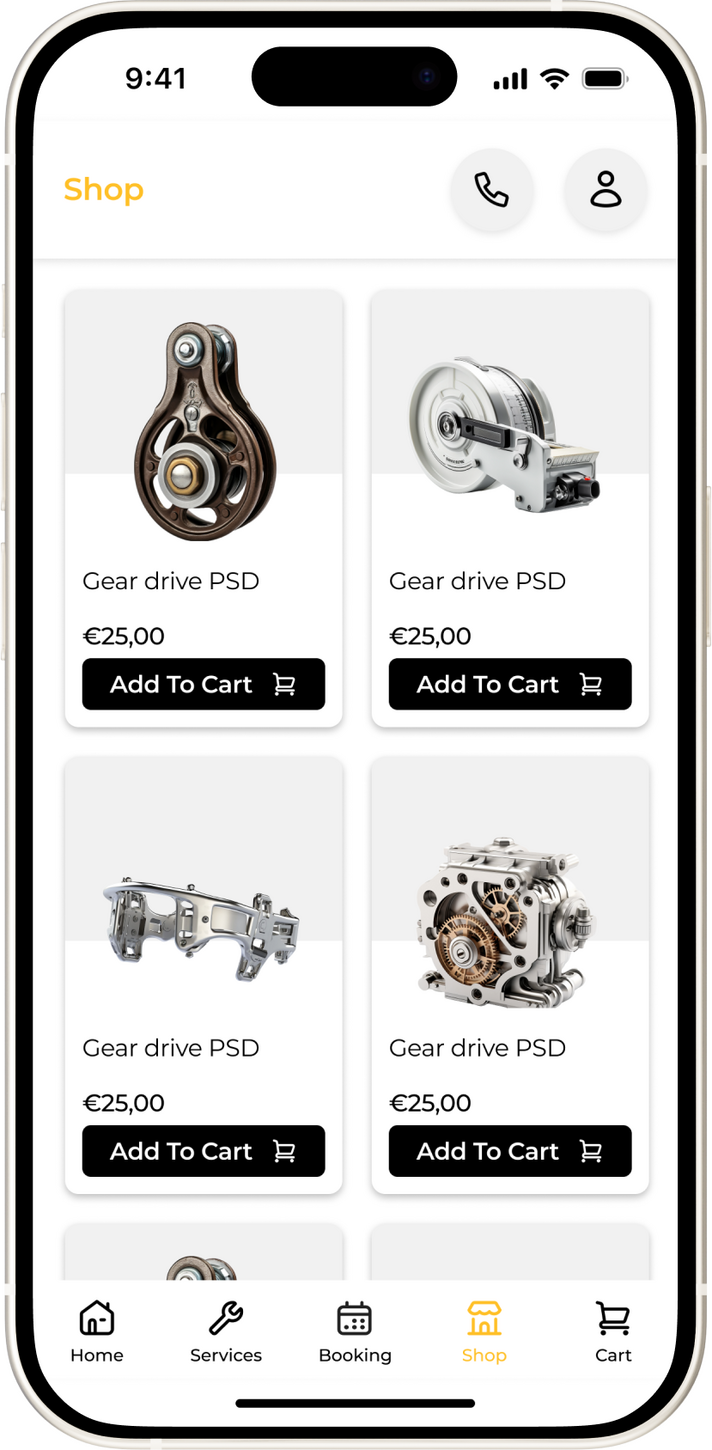
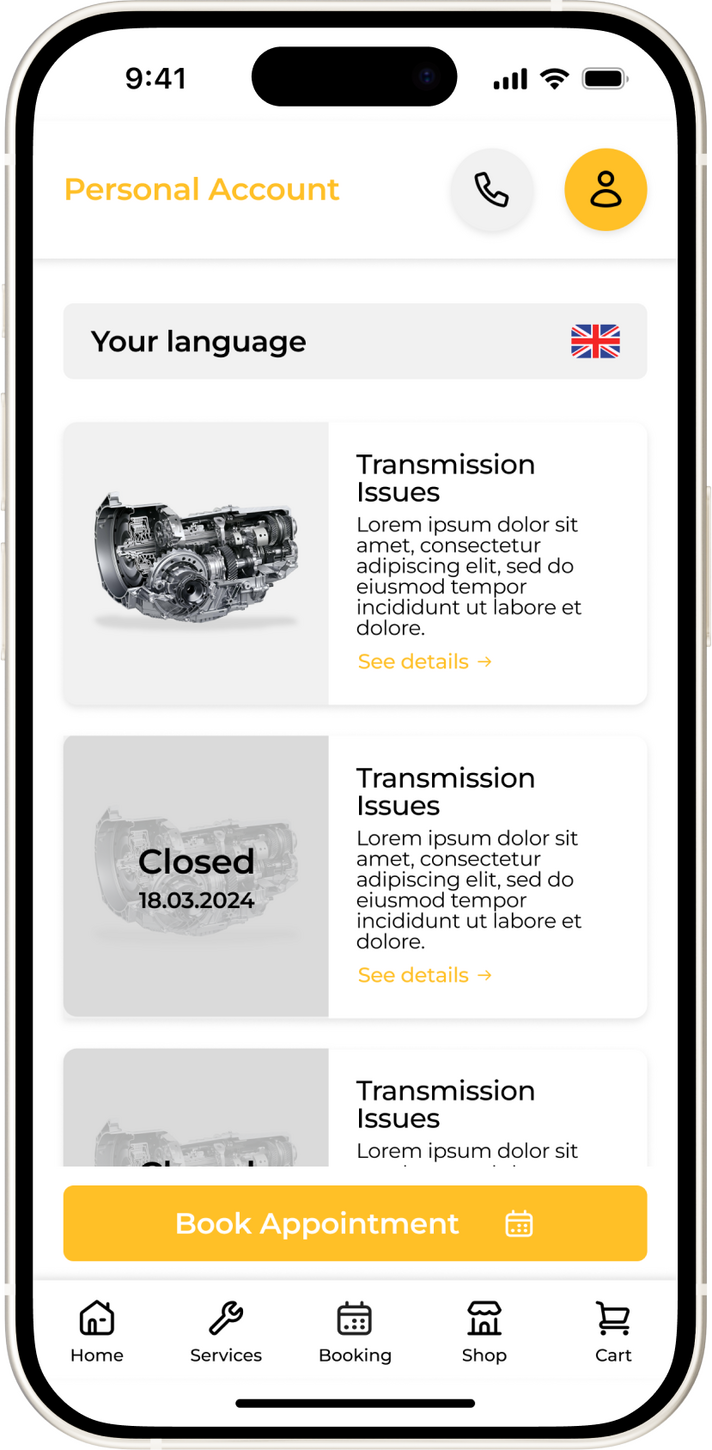

© 2025 Iryna Kuzmenko. All rights reserved.